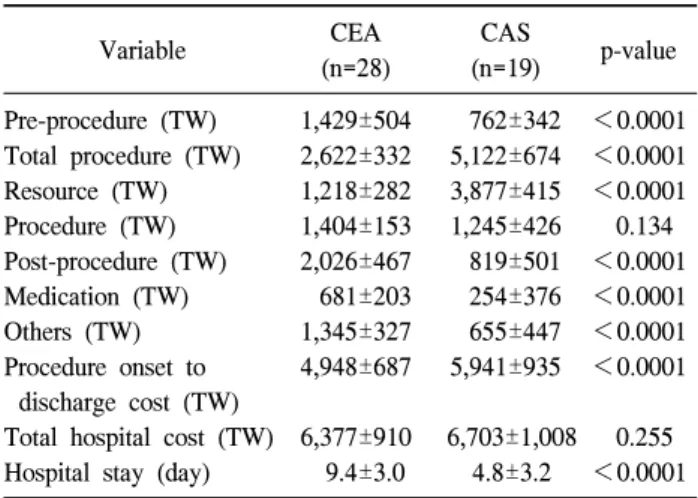http://dx.doi.org/10.5090/kjtcs.2014.47.1.20 ISSN: 2233-601X (Print) ISSN: 2093-6516 (Online)
1
Department of Thoracic and Cardiovascular Surgery, Chonbuk National University Medical School,
2Research Institute of Clinical Medicine of Chonbuk National University-Biomedical Research Institute of Chonbuk National University Hospital
†This paper was presented at the 44th Fall Meeting of the Korean Society for Thoracic and Cardiovascular Surgery Symposium in autumn 2012.
Received: July 15, 2013, Revised: August 29, 2013, Accepted: September 3, 2013
Corresponding author: Jong Bum Choi, Department of Thoracic and Cardiovascular Surgery, Chonbuk National University Medical School, 567 Baekje-daero, Deokjin-gu, Jeonju 561-756, Korea
(Tel) 82-63-250-1480 (Fax) 82-63-250-1480 (E-mail) jobchoi@jbnu.ac.kr
C
The Korean Society for Thoracic and Cardiovascular Surgery. 2014. All right reserved.
CC

